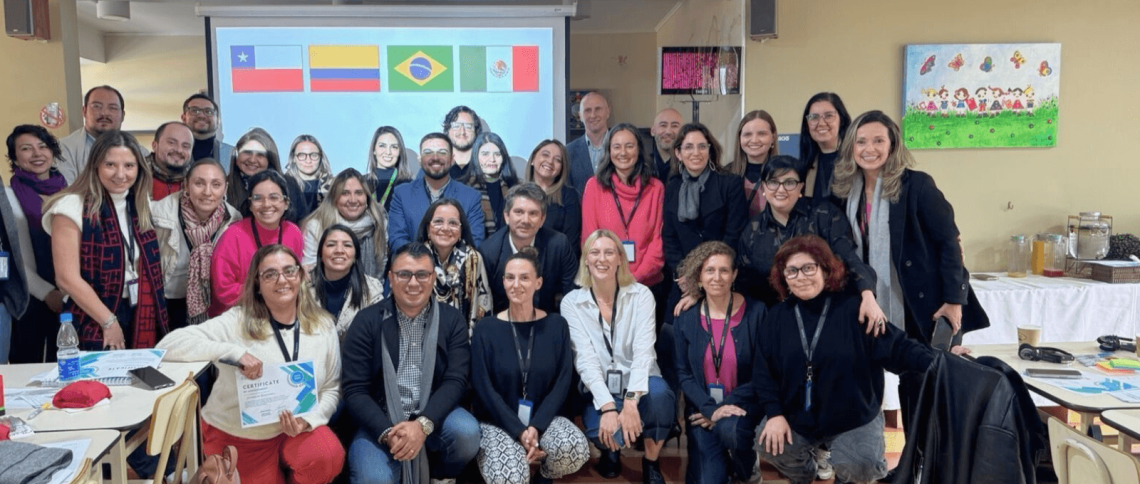
27 November 2025
Cognita’s commitment to empowering and building capacity across school leadership was the driving force behind the launch of a new four-day Middle Leadership Programme in 2025/26. Over...
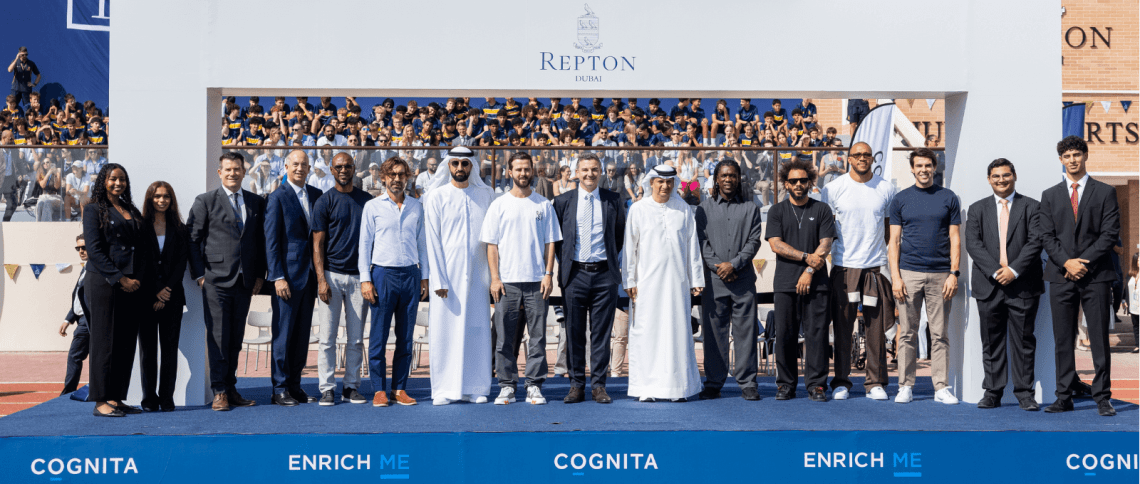
21 November 2025
Repton Dubai, one of our outstanding partner schools in the UAE, this week unveiled its new Sports Village, a transformational development that reinforces the school’s commitment to...
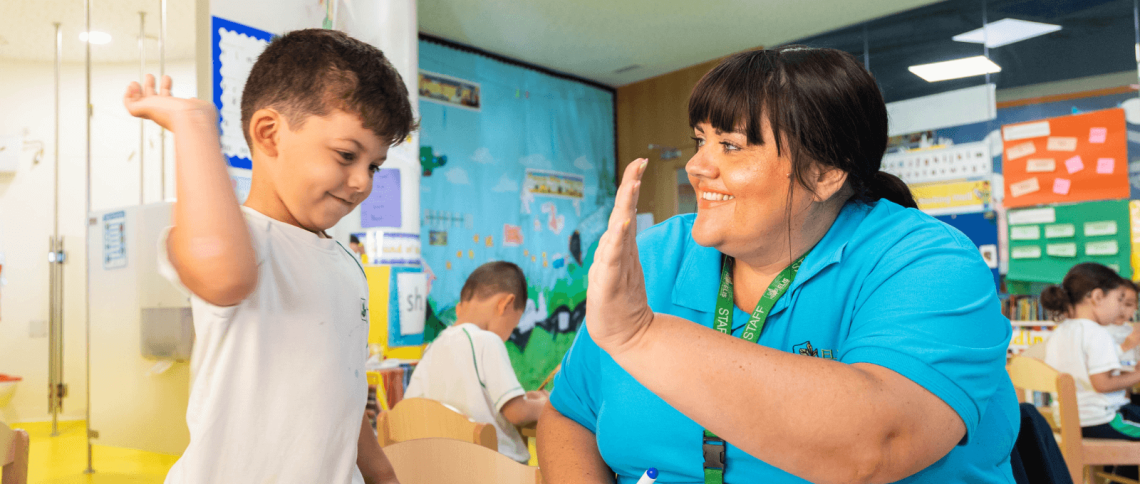
21 November 2025
El Limonar International School (ELIS) Villamartín in southern Spain has been shortlisted in the Student Mental Health Initiative of the Year category in the Tes Awards for...
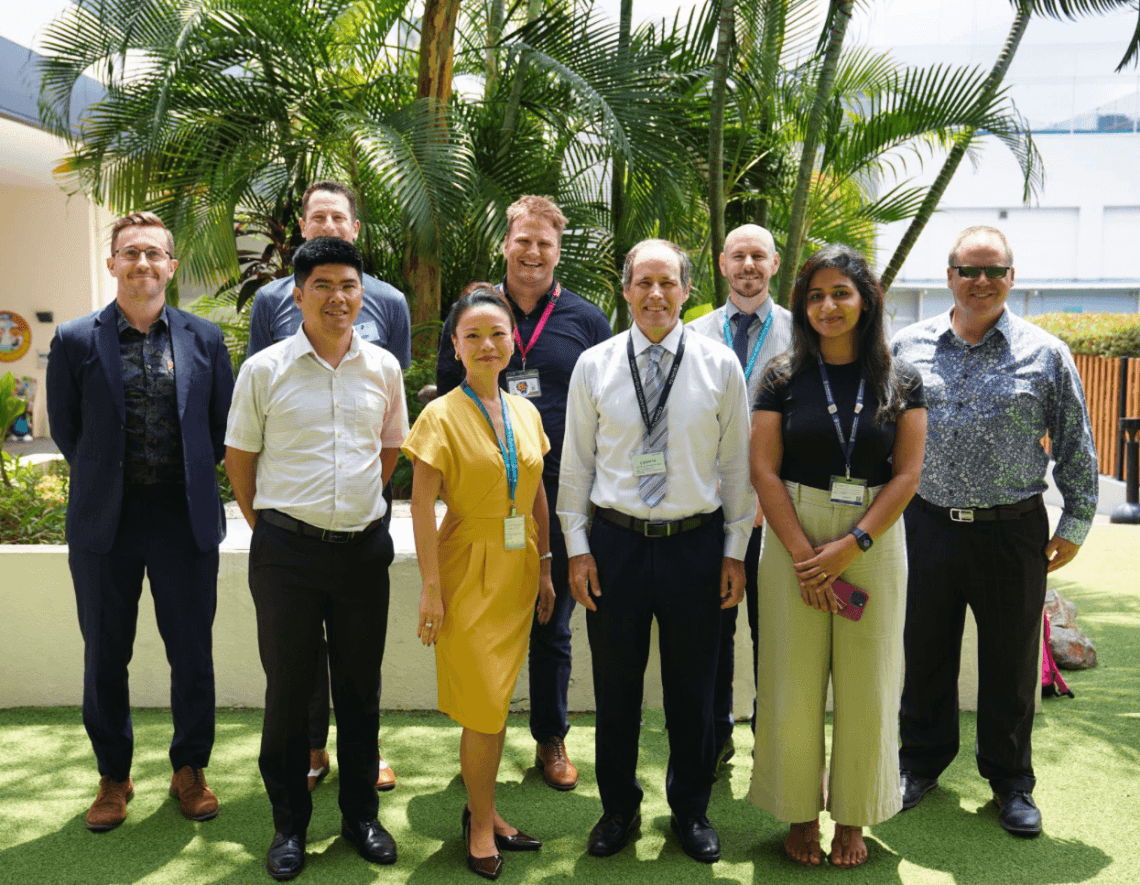
20 November 2025
Cognita’s commitment to empowering educators and students came to life this month through two regional Digital Learning Summits in Asia and the Middle East. These events brought...
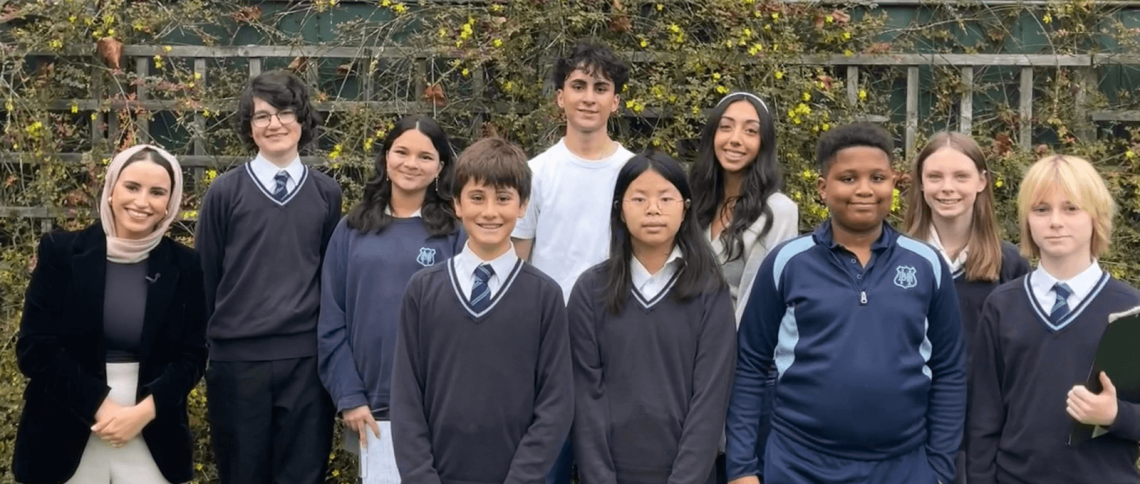
6 November 2025
Cognita schools across the world have proudly taken part in CNN International’s Call to Earth Day 2025, continuing a shared commitment to environmental learning and action. The...
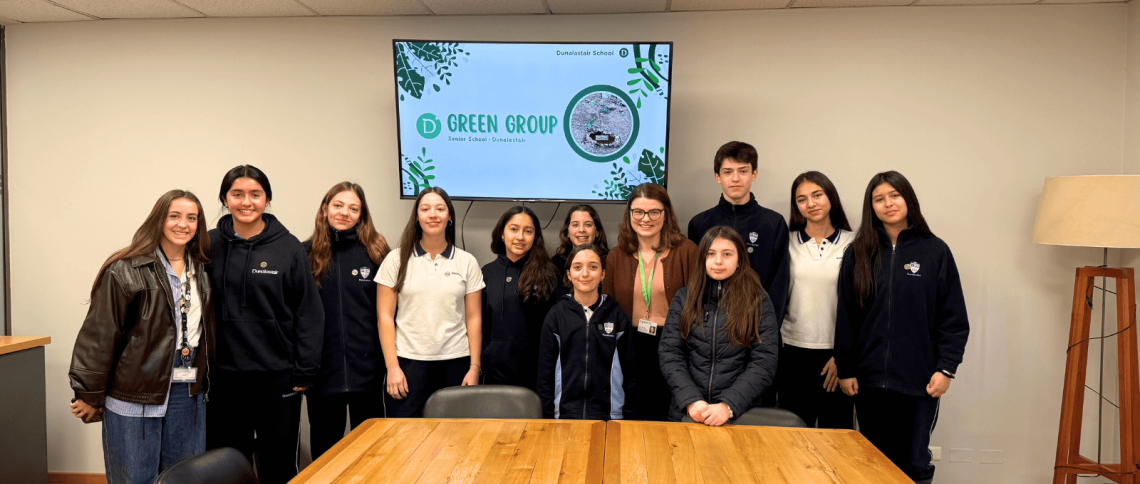
3 November 2025
Jamie Delaney, Head of ESG and Group Ethics and Compliance Officer recently visited Latin America to see how our students and teachers are bringing sustainability to life...
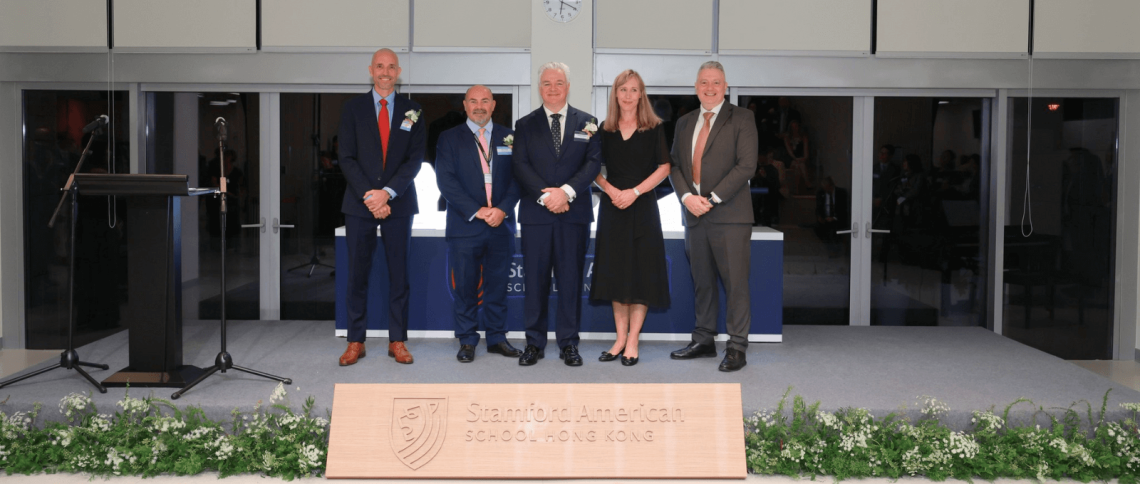
28 October 2025
Stamford American School Hong Kong (Stamford) recently opened its new West Kowloon campus. Purpose‑built for Grades 9–12 and spanning approximately 75,000 sq ft, the campus embraces the...
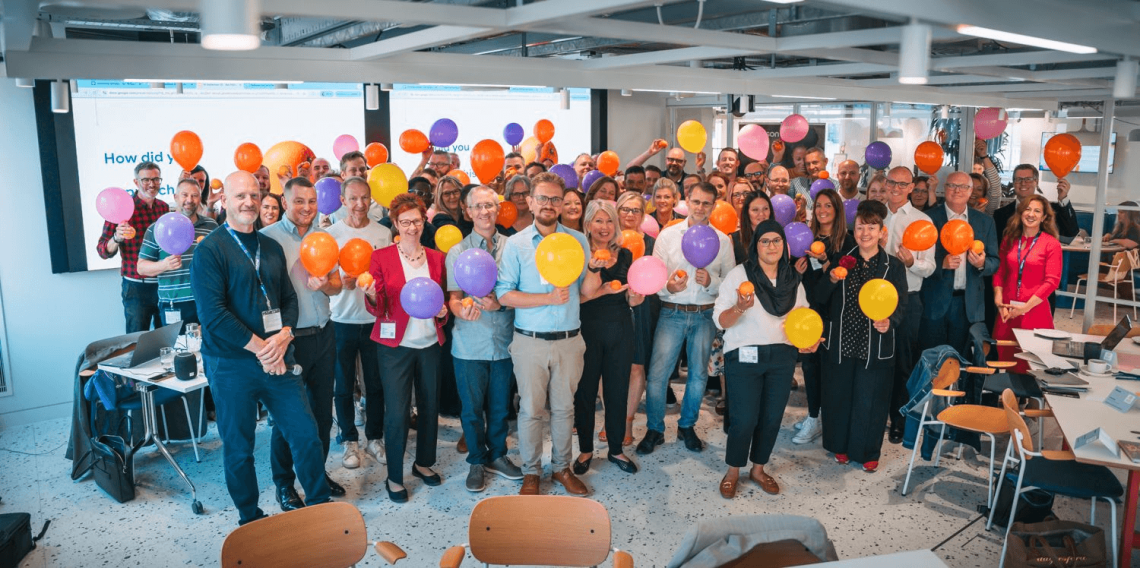
20 October 2025
Discover Matthew Lovegrove’s, Digital Learning Advisor UK, insights from the National PedTech Partnership at Pearson’s London headquarters, where education leaders united to tackle challenges in digital assessment,...
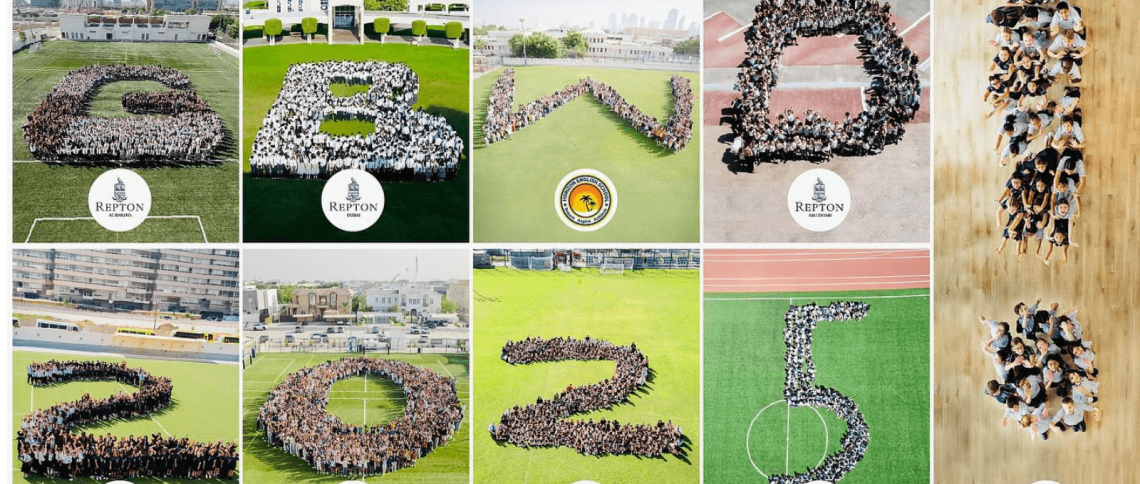
1 October 2025
Over 100,000 students and 21,000 colleagues across more than 100 Cognita schools in five regions marked the group’s annual Global Be Well Day on 26 September 2025, this...
Over 100,000 students and 21,000 colleagues across more than 100 Cognita schools in five regions marked the group’s annual Global Be Well Day on 26 September 2025, this year focusing on Connecting – with oneself and with others.
Now in its seventh year, Global Be Well Day cultivates awareness, sparks meaningful conversations, and empowers action. Even in an interconnected world where more than five billion people are active on social media, loneliness among young people is on the rise. The World Health Organisation’s Commission on Social Connection reports that loneliness is most prevalent among adolescents aged 13-17.
The importance of connecting is also central to our Be Well Charter – a six-step framework for lifelong mental health informed by global research. This Charter underpins our approach to wellbeing as part of our vision for holistic education.
Dr Simon Camby, Group Chief Education Officer, said:
“I extend my heartfelt gratitude to the staff, students, and families who took part in this year’s Global Be Well Day. In our rapidly evolving world, it has never been more important to equip children and young people with the knowledge, skills, and empathy to nurture not only their own wellbeing, but also the wellbeing of those around them.
“While our schools embed wellbeing into daily life year-round, Global Be Well Day is a powerful reminder of the value of connecting across borders, cultures, and experiences. Wellbeing thrives in a strong, caring community.”
Highlights from the day included:
- At the Doukas School in Athens, Greece, Global Be Well Day celebrations coincided with the Panhellenic School Sports Day and the 25th European Day of Languages. Students came together in a vibrant showcase of community, through art, sports, and music and dance performances.
- Students at El Limonar International School Murcia, Spain, worked together to create a tree mural, with outstretched hands for leaves, each representing a personal dedication to someone the students wanted to honour.
- At Escola Cidade Jardim | Playpen in São Paulo, Brazil, students connected through yoga and arts workshops, older pupils read to their younger peers, and the school community came together to collect food donations for local families in need.
- Students and staff at Repton Al-Barsha, Dubai, completed an extraordinary 24-hour fitness challenge, collectively cycling, running, and rowing over 4,300 km – without ever leaving the school grounds. Their journey symbolically reached Malawi, where Cognita partners with the Sparkle Foundation, a charity dedicated to providing education, healthcare, and nutrition to underprivileged children.
- Students at St. Andrews International School Dusit in Bangkok, Thailand, connected virtually with their peers at other Cognita schools around the world, giving them the chance to discover what school life is like in other countries. They also enjoyed an international lunch prepared by students’ families.
- At Stamford American School Hong Kong, pupils crafted paper chains to symbolise strong bonds and hosted a ‘Thank You Party’ for cleaners and helpers on campus. They also presented a special series of interviews with lesser known – but nonetheless dedicated – school staff.
- At York Prep School in New York, USA, students took their peers’ blood pressure to test the physiology of stress, while teachers encouraged their classes to explore topics linked to mindfulness, such as the science of colouring and its effect on mood.
Strengthening its commitment to fostering connection, Cognita also recently launched its new Be Well podcast series, hosted by student wellbeing expert Beth Kerr, which explores how connecting influences wellbeing.

